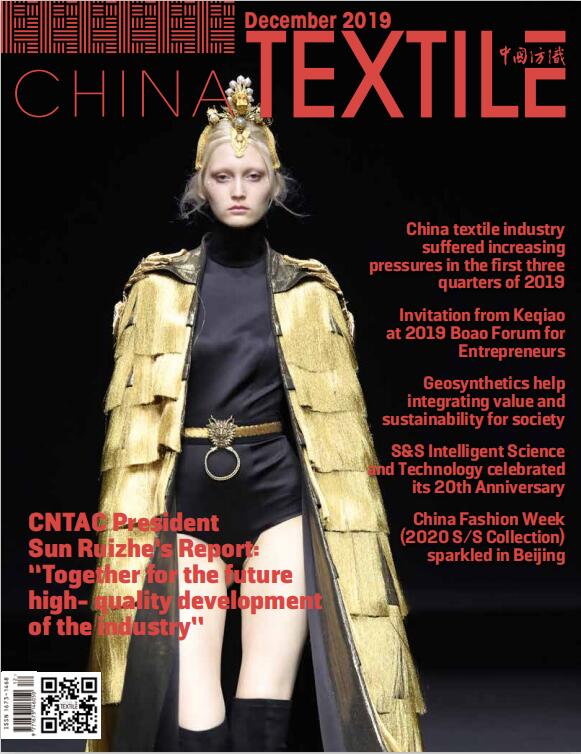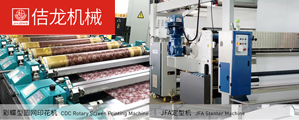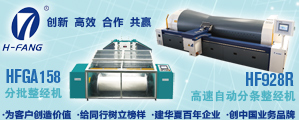Operation of China’s cotton textile industry in Jan.- Sep.
Nov 09, 2021 | by Zhao Xinhua

From January to September, from a macro perspective, the national economy continued to recover, the resilience of economic development continued to show, and major macro indicators were within a reasonable range. In terms of industry, production maintained growth, sales increased and business operations improved. The main characteristics are as follows:
1. Production was growing steadily, spinning was better than weaving
According to the data of more than 260 key cotton textile enterprises and 15 national cotton textile industrial clusters tracked by China Cotton Textile Association, from January to September, the equipment utilization rate of key enterprises basically remained above 90 percent, and the cluster was dominated by small and medium-sized enterprises with weak production overall, and the equipment utilization rate was more than 10 percentage points lower than that of large enterprises. Among them, the opening rate of equipment in spinning enterprises is higher than that in weaving enterprises, and this situation is more obvious after September.
In terms of output, from January to September, the cumulative yarn output of large enterprises increased by 14.01 percent year-on-year, and the cumulative cloth output increased by 9.14 percent year-on-year.
2. Sales growth declined and inventory gradually increased
From January to September, the cumulative sales of yarn of tracking key enterprises increased by 13.59 percent year-on-year, 5 percentage points lower than the growth rate from January to August. Cloth sales increased by 11.96 percent year-on-year, down 2 percentage points from January to August. It can be seen that the sales of yarn and cloth in September were not good.
Inventories hit a year-to-date high in August after hitting a low in March. In September, upstream cotton prices rose, and the implementation of the “controlling both the quantity and intensity of energy and resources consumption” policy, small textile enterprises have less pressure-bearing capacity, and the number of closed companies increased year-on-year.
3. The market price was rising, and the increase of raw materials was higher than that of products
Since this year, the rise of global commodity prices, promote the price of cotton textile raw materials, although cotton textile product prices follow up, but not as much as raw materials. Especially since the National Day, cotton prices once rose to more than 22,000 yuan/ton, the highest in nearly 10 years, causing high concern in the industry. In order to maintain the stability of the domestic cotton market and meet the demand of textile enterprises for cotton, the relevant departments of the state actively carry out macro-policy regulation, and the China Cotton Textile Association has also tracked the market situation in time, issued an early warning to remind cotton textile enterprises to purchase cotton rationally according to the actual capacity and demand.
According to the data, up to now, the highest price of cotton in 2021 is 22,700 yuan/ton, which is 117 percent higher than the lowest price of 10,470 yuan/ton in 2020. The highest price of viscose staple fiber is 15,600 yuan/ton, which is 88 percent higher than the lowest price of 8,300 yuan/ton in 2020. The highest price of polyester staple fiber is 8,280 yuan/ton, up 60 percent higher than the lowest price of 5,170 yuan/ton in 2020. At the product end, the highest price of 32-count pure cotton combed yarn is 29,600 yuan/ton, which is 60.5 percent higher than the lowest price of 18,440 yuan/ton in 2020. The highest price of pure cotton grey cloth is 6.6 yuan/m, up 50 percent from the lowest price of 4.4 yuan/m in 2020. It can be seen that the transmission of upstream and downstream prices is not smooth.
4. The export gradually recovered growth, apparel exports are better than textiles
According to data from the General Administration of Customs, China’s textile and apparel exports ended their decline for four consecutive months in September and resumed growth in USD. Exports in September increased by 2.66 percent year-on-year and 18.81 percent from the same period in 2019.
From January to September, the cumulative export of textiles and apparel was 1,473.89 billion yuan, down 2.63 percent from the same period last year and up 6.65 percent from the same period in 2019. Among them, textile export was 681.32 billion yuan, down 17.7 percent from the same period last year and up 11.81 percent from the same period in 2019; apparel export was 792.57 billion yuan, up 15.5 percent from the same period last year, up 2.58 percent from the same period in 2019.
From January to September, China imported 1.85 million tons of cotton, a year-on-year increase of 32,2 percent.
From January to September, China imported 1.68 million tons of cotton yarn, up 21.7 percent year-on-year. The price difference between domestic and foreign cotton has promoted the increase of imported yarns, and it also shows that the domestic demand market is better.
5. The business continued to improve, and the major economic indicators of large enterprises increased more significantly
Tracking enterprise data shows that from January to September, the main economic indicators of key enterprises increased by 20.95 percent year-on-year, a significant increase, and the percentage of loss-making enterprises continued to narrow. In September, the percentage of loss-making enterprises was 14.93 percent, down 26 percentage points year-on-year.
The year-on-year change trend of major economic indicators of cluster enterprises is basically the same as that of key enterprises, but the year-on-year growth rate of each indicator is smaller than that of key enterprises.
6. Outlook
The global economic and trade situation is complex and severe, and the economic recovery is continuing, with many uncertainties.
From the raw material, whether cotton or chemical fiber supply is sufficient, the price trend is full of uncertainty; from the demand, terminal market demand is recovering. In terms of foreign trade, the impact of Sino-US economic and trade friction on China’s textile and apparel export cannot be underestimated. In terms of domestic demand, the market shows recovery growth, but the growth rate is gradually slowing down. With the implementation of the “controlling both the quantity and intensity of energy and resources consumption” policy, production of cotton textile enterprises in some areas is limited, and the operating rate declines. Overall, cotton textile enterprise production and management in the fourth quarter is still facing greater challenges.








